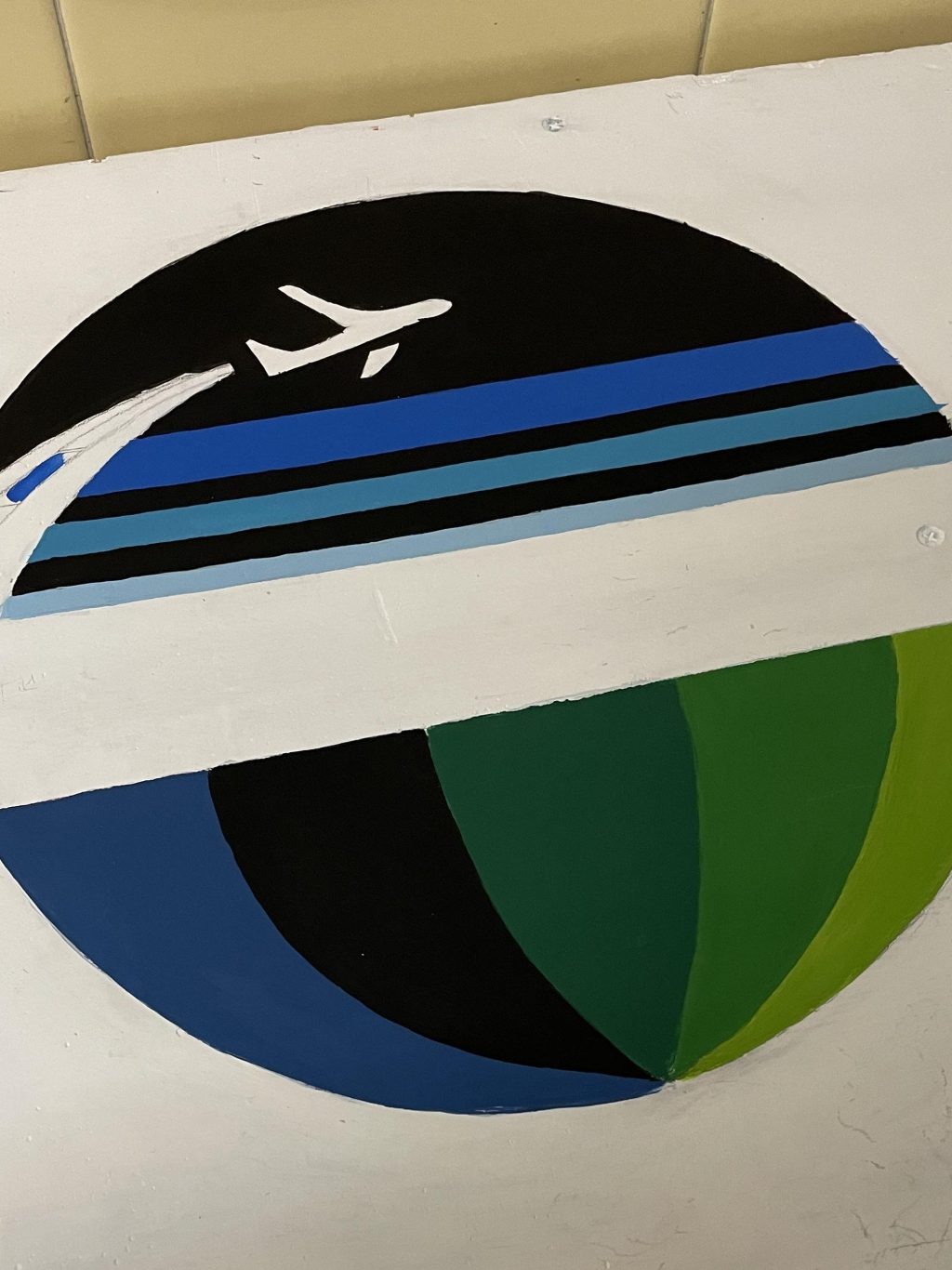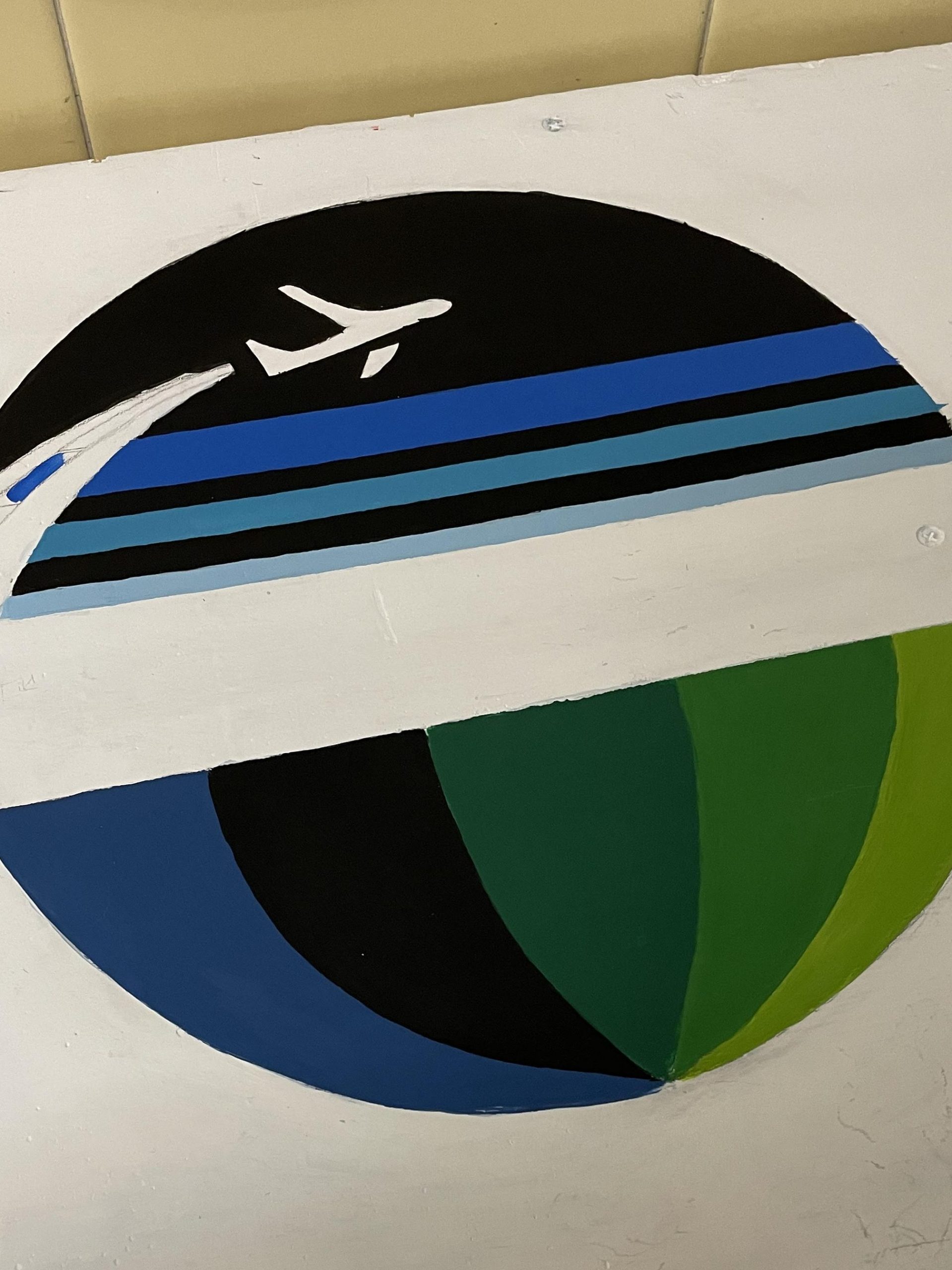
We calculated the gear ratio for the moving arm by finding the torque and looking at the motor curve. We decided not to use external gears and just use gearbox and sprockets. Here is some of the Arm Gear Motor Math:
Arm Weight:
2 775 motors: 1.7 lbs
2 falcon motors: 5.47 lbs
4 white wheels: 2.32 lbs
2 x 16 ⅛” cross bar thick = 176.9g or 0.4 lbs
Shooter plates (x4, ¼” thick aluminum) = 5.5 lbs (probably less)
Shaft collars & more:
6” 2 by 1 (⅛” thick) aluminum = 0.46 lbs
Shaft collars x 10 = .045 lbs x 10 = .45 lbs
Hex standoff bars x 24 = 0.8366 -> 0.85 lbs
Total =17.15 lbs or 7779.1 grams (7.8 kg)
Torque:
Torque = Fd = (78 N)(0.15 m) = 11.7 Nm
Torque = (17.15 lbs)(.5 ft) = 8.575 ft lbs
| Ratio | T=0.5*27*ratio | 360° Turning Time RPM = 6000/(0.5*27*ratio); RPS = RPM/60 |
|---|---|---|
| 3:1 | 40.5 | 2.5 RPS ⇒ 0.2 seconds |
| 4:1 | 54 | 1.85 RPS ⇒ 0.27 seconds |
| 5:1 | 67.5 | 1.5 RPS ⇒ 0.675 seconds |
One nice thing about this design is that we can easily increase the torque by changing the gearbox since we are starting here with a very low output ratio.
We should observe how different these theoretical calculations are from the actual movement. We do not plan to run the motor at full power, which may double the time. The control code needs to slow the arm down as it gets closer to the desired position, and that will increase the time.
Another concern is the current draw to hold the arm in place. We need to keep this down so that the spark doesn’t overheat and we need enough power to run the shooter motors.
Current draw testing idea:
We previously ran the 2018 bot with the mini Neo and used the breaking function to hold the arm into place. Let’s do that again and check the current draw logs. Then, let’s pull that gearbox apart, see what the ratio is, and see how much the current draw changes if we increase the ratio.
Using the CNC machine, we cut plates out of Lexan for testing before setting it for water jetting. The programming team worked on the vision system for the robot. We finalized the dimensions for the shooter plates to be sent out for cutting and emailed it to LPR Precision http://www.lprprecision.com/. We used CAD for the moving arm of the robot. The arts and crafts team is painting the Rapid React logo on the panels for the lower hub pieces that the carpentry team is building.
